17 pages • 34 minutes read
William BlakeThe Tyger
Fiction | Poem | Adult | Published in 1794A modern alternative to SparkNotes and CliffsNotes, SuperSummary offers high-quality Study Guides with detailed chapter summaries and analysis of major themes, characters, and more.
Literary Devices
Form and Meter
“The Tyger'' follows a formal structure with six stanzas of four lines, all mostly end-stopped. Its syllabic structure is consistent, although it varies randomly between seven and eight syllables per line. Almost every complete sentence is a question. This pattern of questioning projects a tone of mystery and doubt, which represents the divine mystery of God and the creation of the universe. The poem’s consistency reflects the perfection of God’s work and Blake’s mastery of language. Like God’s creations, the poem is deliberate and in order, aligning itself with traditional forms in poetry instead of an unconventional approach. The poem showcases its symmetry and artistic skill, which the poem claims are key components of the creative process.
Rhyme
The poem is written in couplets, following an AABB rhyme scheme, and each stanza has its own pair of rhymes that follow the scheme. The reliable rhyme maintains the poem’s momentum, facilitating recitation and memorization. Rhyme increases accessibility in poetry, and almost none of the rhymes in this poem are slant rhymes, or rhymes that aren’t quite perfect. In addition to adding a lyrical quality to the poem, the
Related Titles
By William Blake
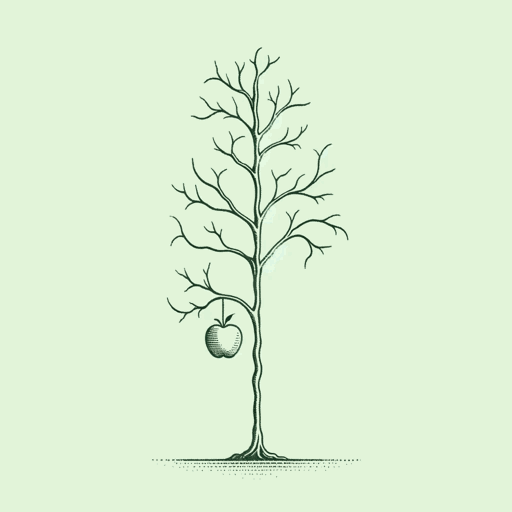
A Poison Tree
William Blake
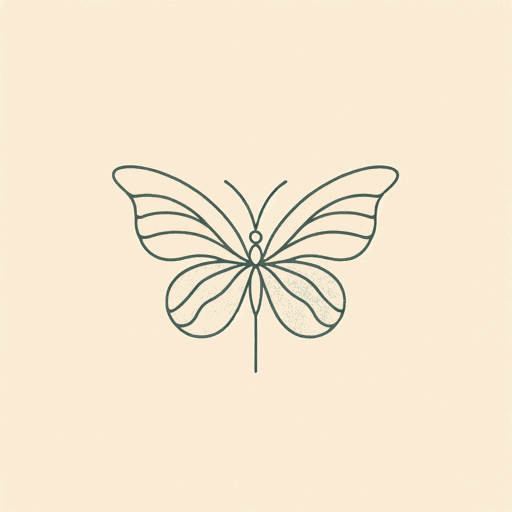
Auguries of Innocence
William Blake
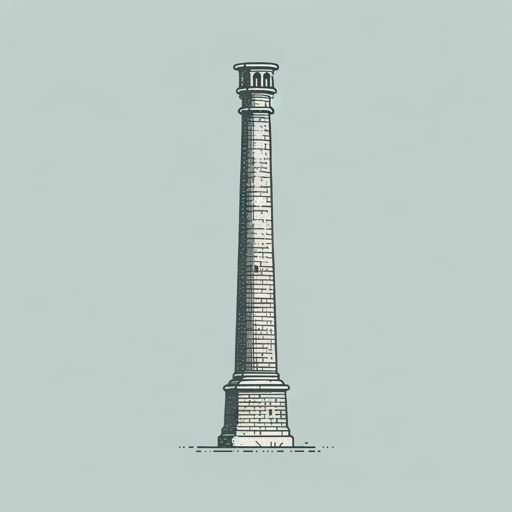
London
William Blake

Night
William Blake

Songs of Innocence and of Experience
William Blake
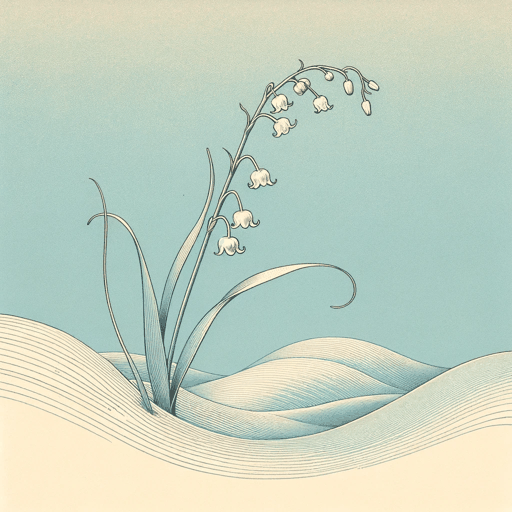
The Book of Thel
William Blake
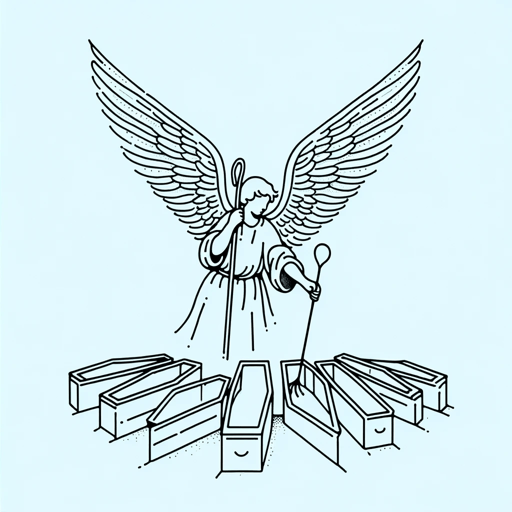
The Chimney Sweeper
William Blake
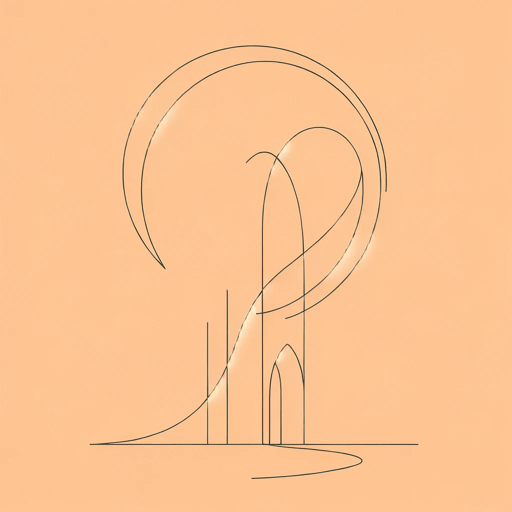
The Garden of Love
William Blake
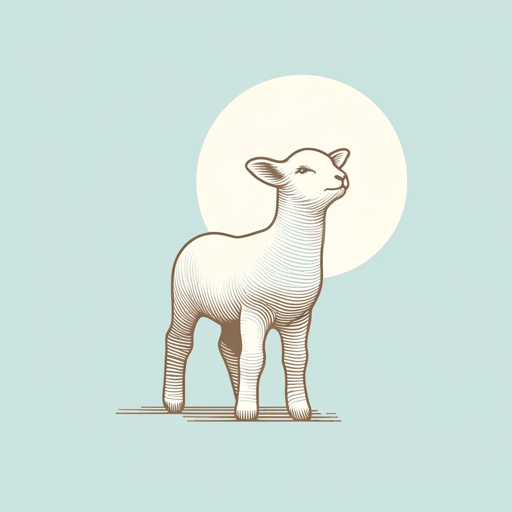
The Lamb
William Blake

The Little Boy Found
William Blake
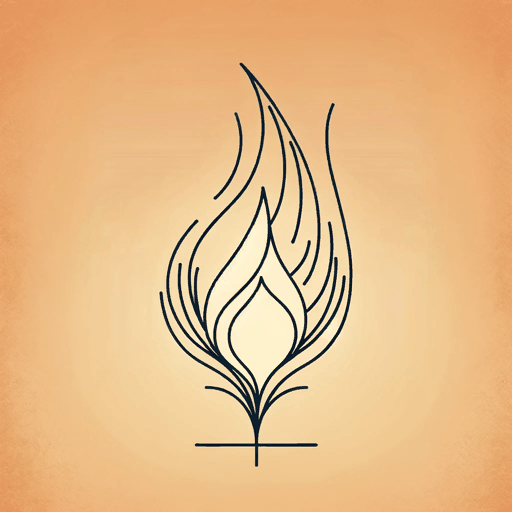
The Marriage of Heaven and Hell
William Blake

The Sick Rose
William Blake
Featured Collections
Animals in Literature
View Collection
Good & Evil
View Collection
Mythology
View Collection
Poetry: Animal Symbolism
View Collection
Poetry: Mythology & Folklore
View Collection
Required Reading Lists
View Collection
Romanticism / Romantic Period
View Collection
Science & Nature
View Collection
Short Poems
View Collection

